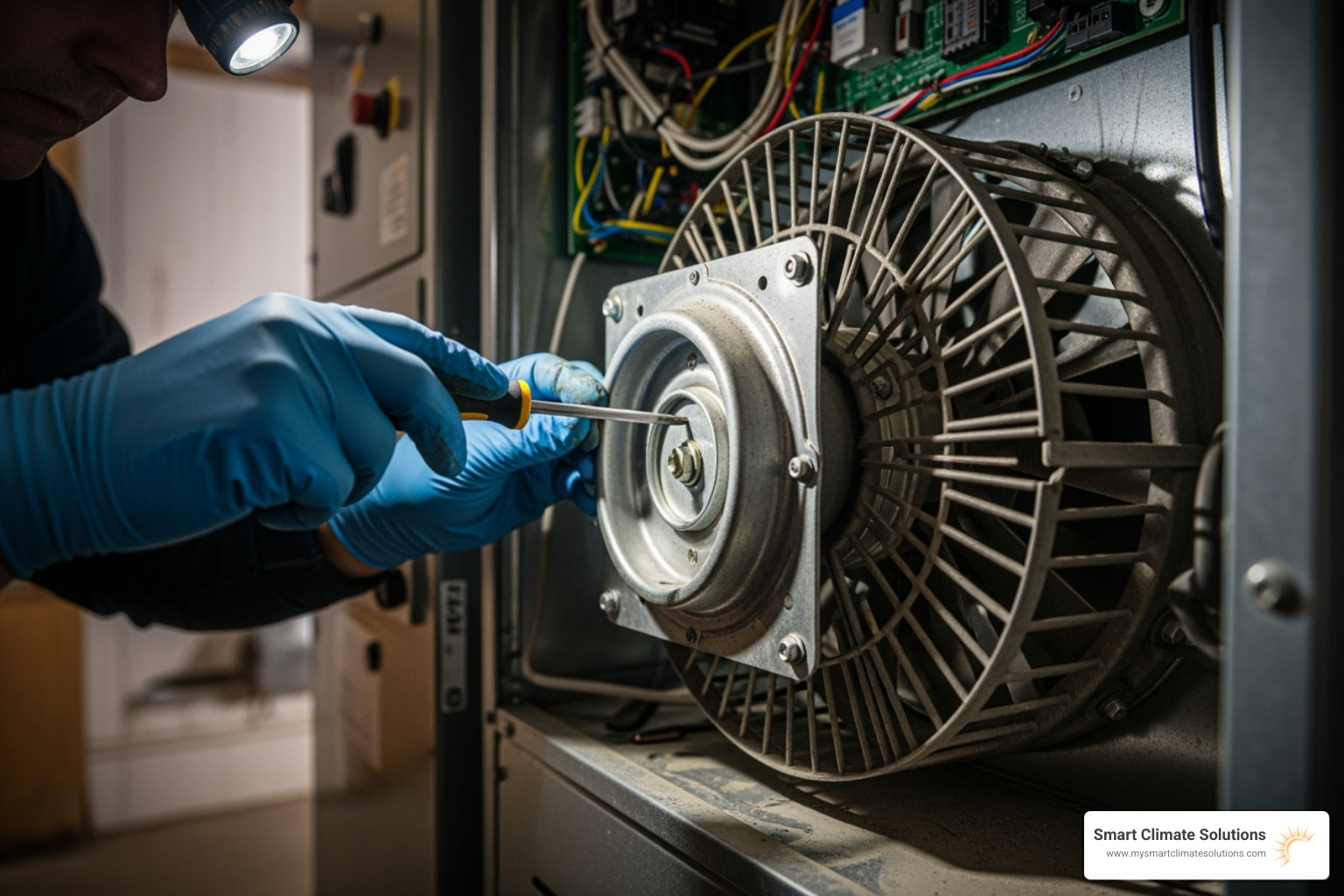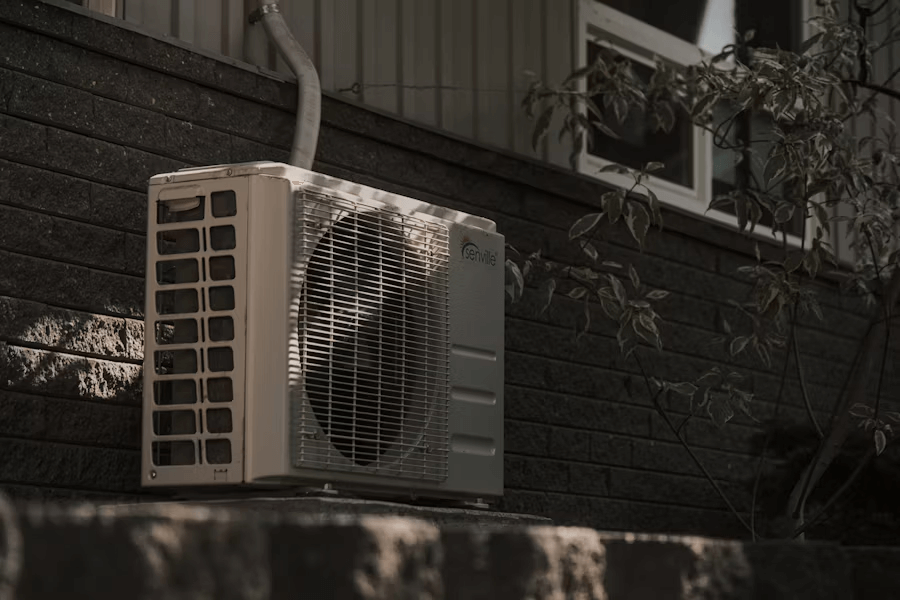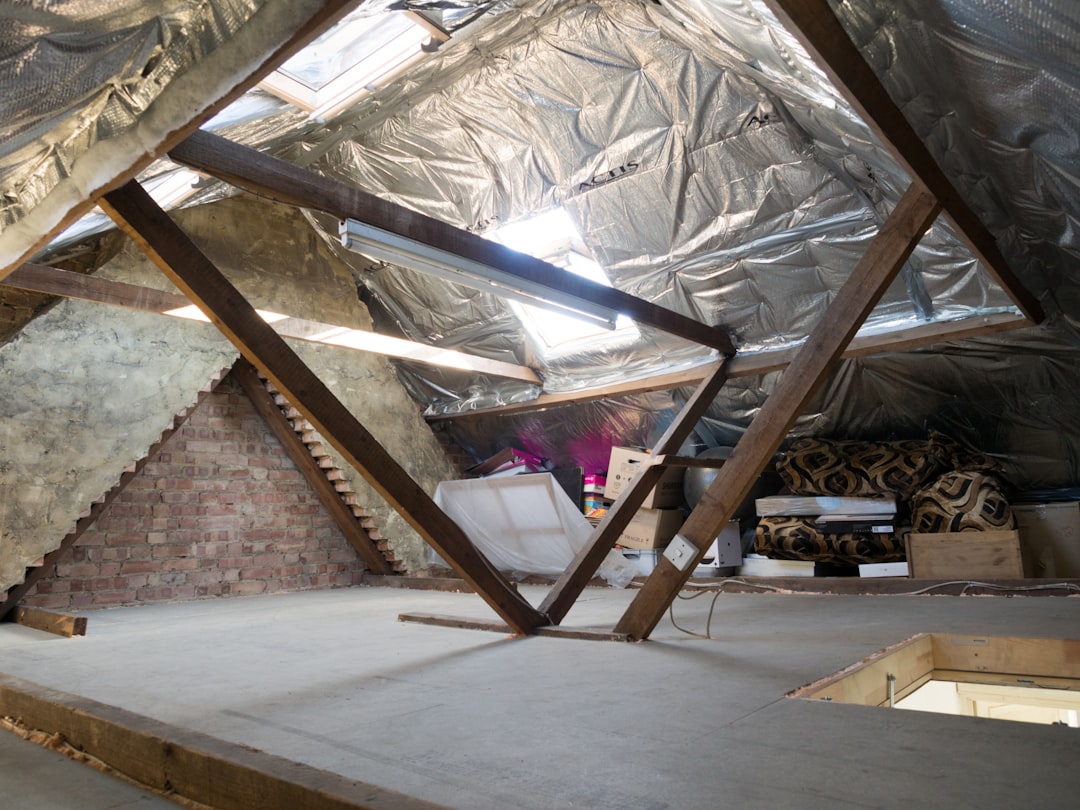Understanding Your Furnace Fan Replacement Costs
When your home's heating or cooling system falters, the cost to replace furnace fan is a primary concern. This vital component circulates air, so a failing motor quickly leads to discomfort. The good news is that replacing it is much more affordable than a whole new furnace. Understanding the potential expenses helps you plan and make a smart decision.
Here's a quick look at typical costs:
- Average Cost: Most homeowners pay around $560 for a furnace blower motor replacement.
- Normal Range: Expect to pay between $300 and $900 for this service.
- Low End: Simple replacements or DIY projects might start as low as $150.
- High End: Complex jobs or emergency services can reach $2,400 or more.
- Under Warranty: If your motor is under warranty, you might only pay about $150 for labor.
This guide will walk you through all the factors affecting the cost, from motor types to warning signs. I'm Bill Scott, General Manager of Smart Climate Solutions, and with over 15 years in the HVAC industry, I'm here to help you understand the costs and keep your home comfortable.

Furnace Blower Motor Replacement Cost: The National Averages
Understanding the national averages for the cost to replace furnace fan helps set realistic expectations. On average, homeowners pay around $560 for a furnace blower motor replacement. Most people find the final price falls within a typical range of $300 to $900. This accounts for a standard motor and professional installation.
The cost can dip as low as $150, which usually covers only labor if the part is under warranty, or a simple DIY job. On the high end, costs can climb to $2,400 or more for complex installations involving premium variable-speed motors or emergency after-hours service. If your motor is covered by a manufacturer's warranty, you may only need to pay for labor, which is typically $150 to $250, saving you a significant amount on the part itself.
Key Factors That Influence the Cost to Replace a Furnace Fan
Many variables can change the final price tag for a furnace fan replacement, including the type of furnace you have, its accessibility, your location, and even the time of year.
Cost by Blower Motor Type (PSC vs. ECM)
One of the biggest factors in the cost to replace furnace fan is the motor type. There are two main kinds:
Permanent Split Capacitor (PSC) Motors are older, single-speed workhorses. They are cheaper upfront, typically $350 to $800, but use more electricity.
Electronically Commutated Motors (ECM) are the modern, energy-efficient standard. They cost more initially, from $600 to $1,150, but can reduce energy use by up to 75%, saving you money on utility bills.
Motors also come in different speed settings:
- Single-speed motors: Run at one fixed speed. Cost: $300-$900.
- Two-stage or multi-speed motors: Switch between speeds for better efficiency. Cost: $320 to $1,100.
- Variable-speed motors: Offer precise airflow for maximum comfort and savings. Cost: $600 to $1,500.
ENERGY STAR certified furnaces often use variable-speed ECM motors, saving you $30-$80 annually. Learn more with our Energy Saving HVAC Tips.
Cost by Blower Motor Size (Horsepower)
Furnace blower motors come in different horsepower (HP) ratings, which directly affects the cost to replace furnace fan. Larger homes need more powerful motors to circulate air effectively. More power generally means a higher price.
Here's a look at how horsepower typically influences the cost:
- 1/4 horsepower (HP): $100 - $550
- 1/3 horsepower (HP): $100 - $800
- 1/2 horsepower (HP): $120 - $1,000
- 3/4 horsepower (HP): $175 - $1,500
- 1 horsepower (HP): $250 - $2,000
Choosing the right size is crucial for comfort and efficiency. A motor that's too small will struggle to heat or cool your home, while one that's too large is inefficient and noisy. Our certified technicians can determine the perfect fit for your system.
Calculating the Labor Cost to Replace a Furnace Fan
Labor is a significant part of the total cost to replace furnace fan. HVAC technicians usually charge $75 to $125 per hour, with a minimum service fee of $75 to $200 that often covers the first hour. A standard blower motor replacement takes about 1.5 to 2.5 hours. This can take longer if the system is complex or the furnace is in a hard-to-reach location, like a tight crawl space or attic, which adds to the final cost. For expert help with any HVAC issue, check out our HVAC Service and Repair page.
How Warranty Coverage Affects Your Bill
Your warranty can significantly lower the cost to replace furnace fan. Most new furnaces include a manufacturer's warranty covering parts for 5 to 10 years. If your motor fails due to a defect within this period, the part itself may be free. However, most manufacturer warranties do not cover labor, so you'll still pay the technician's fee, typically $150 to $250. A separate home warranty plan might cover the repair, but policies vary. Always check your warranty documents before approving work, as a DIY repair could void it.
Potential Additional Parts and Repairs
Sometimes, a failing blower motor damages other components, adding to the cost to replace furnace fan. Our technicians perform a full inspection to identify any related issues. Common additional repairs include:
- Blower Wheel ("squirrel cage"): $25 to $300 if damaged.
- Capacitor: $150-$450 installed; helps the motor start and run.
- Bearings: $20-$175 to replace if worn and causing noise.
- Belts: $5-$100 for older, belt-driven systems.
- Control Board: $75 to $600+ if the furnace's "brain" is faulty.
- ECM Module: $225-$815 if only the electronic module on an ECM motor has failed.
- Shaft, Pulley, or Housing: $40-$300 depending on the damaged part.
Fixing these issues proactively prevents future breakdowns and more expensive repairs.
Is Your Blower Motor Failing? 5 Telltale Signs
Recognizing the early signs of a failing furnace blower motor can help you catch issues before they become a full system breakdown, saving you from bigger headaches and a higher cost to replace furnace fan.

Weak or No Airflow From Vents
The most obvious sign of a failing motor is weak or no airflow from your vents, even when the furnace is on. This can lead to uneven temperatures in your home. Always check for a clogged air filter first, as it's a common cause. If a clean filter doesn't solve the problem, the motor is the likely culprit.
Unusual Noises
Your furnace should hum quietly. If you hear new, strange sounds, pay attention. Squealing or grinding often points to worn-out motor bearings. Rattling could mean loose parts. A loud hum without any air movement suggests the motor is trying to start but can't, possibly due to a bad capacitor. Ignoring these noises can lead to more severe damage.
Spiking Energy Bills
A failing motor works harder to circulate air, drawing more electricity. If your energy bills suddenly spike for no clear reason, an inefficient blower motor could be to blame. While there's an upfront cost to replace furnace fan, a new, efficient motor can lead to long-term savings. Regular tune-ups, like those in our HVAC Preventive Maintenance Plans, help keep your system efficient.
Overheating and Strange Odors
If the motor can't move enough air, the furnace can overheat, causing it to shut down as a safety measure. You might notice a burning smell from an overheating motor or its wiring. Any electrical odor is a serious warning. If you smell something burning, turn off your furnace immediately and call a professional.
The Furnace Shuts Off Unexpectedly
A furnace that constantly starts and stops (short cycling) is another red flag. When the motor fails to push air, the furnace can overheat, tripping a safety limit switch that shuts the system down. This protects the furnace but leaves you without consistent heat. If your furnace cycles erratically, it's time for a professional inspection.
DIY vs. Professional Replacement: A Cost and Safety Analysis
When faced with a repair, many homeowners wonder if they can tackle it themselves to save money. While a DIY blower motor replacement might seem appealing, it's crucial to weigh the risks against the potential savings.
Weighing Your Options
Let's look at a comparison to help you decide:
| Factor | DIY Replacement | Professional Replacement |
|---|---|---|
| Cost | Lower upfront (parts only, $70-$115 for basic) | Higher upfront (parts + labor, $300-$2400+) |
| Time | Can take several hours to a full day | Typically 1.5 to 2.5 hours |
| Tools | Requires specialized HVAC tools, multimeter | Technician has all necessary specialized tools |
| Safety | High risk (electrical shock, gas leaks) | Low risk (certified professionals follow safety protocols) |
| Skill Level | Moderate to difficult; requires HVAC knowledge | Expert-level, certified technician |
| Warranty | May void furnace warranty | Workmanship typically guaranteed, preserves warranty |
While DIY might save you on labor, the potential for misdiagnosis, damage to your furnace, or serious safety hazards like electrical shock makes it a risky endeavor for most homeowners.
Why Hiring a Certified Pro is the Smart Choice
For a critical system like your furnace, hiring a certified professional is almost always the best choice. Here's why:
- Accurate Diagnosis: A pro can confirm the blower motor is the real issue, preventing unnecessary repairs.
- Correct Parts: They ensure the replacement motor is the right size and type for your furnace, optimizing performance.
- Specialized Tools: Technicians arrive with all the necessary tools and diagnostic equipment.
- Safety First: Professionals are trained to handle high-voltage electricity and gas lines safely, minimizing risks.
- Workmanship Guarantee: Reputable companies warranty their labor, giving you peace of mind.
Always verify a technician's credentials. You can Verify a technician's NATE certification to ensure they have the required expertise. All our technicians at Smart Climate Solutions are certified and experienced, ensuring fast, reliable service.
Frequently Asked Questions about Furnace Fans
Here are some of the most common questions we hear about furnace blower motors, along with our expert answers.
How long does a furnace blower motor last?
A well-maintained furnace blower motor typically lasts 15 to 20 years. Its lifespan depends on usage frequency and maintenance quality. Regular tune-ups and frequent air filter changes are crucial, as a dirty filter forces the motor to work harder, causing premature wear. Higher-quality ECM motors often last longer as they operate more efficiently. Our Heating Maintenance Plans can help your motor reach its full life expectancy.
Is there a difference between an AC and a furnace blower motor?
No, in most central HVAC systems, the same blower motor circulates both hot and cool air. This dual-purpose motor is housed inside your furnace or air handler. So, the cost to replace furnace fan typically covers the motor that serves your entire forced-air system. This is different from the fan in your outdoor AC condenser unit.
How can I save money on a blower motor replacement?
While a replacement is an investment, you can take steps to manage the cost to replace furnace fan. Prioritize regular maintenance with annual professional tune-ups to catch issues early and keep the motor running efficiently. Change your air filters regularly (every 1-3 months) to prevent strain on the motor. If possible, schedule repairs during the off-season (spring or fall) when demand is lower. Always compare quotes from reputable HVAC companies and check your warranty first, as the part may be covered. Finally, consider an energy-efficient ECM motor upgrade; though it costs more upfront, it can save you significant money on utility bills over time.
Conclusion: A Worthwhile Investment in Your Home's Comfort
Facing the cost to replace furnace fan is an investment in your home's comfort, energy efficiency, and safety. Your blower motor is the heart of your HVAC system, pushing warm and cool air throughout your home. Ignoring warning signs like strange noises or weak airflow can lead to more expensive problems. While DIY may seem tempting, a professional replacement ensures the job is done safely and correctly, protecting your system and your family.
At Smart Climate Solutions, our certified technicians have over 15 years of experience providing fast, reliable service. We offer expert HVAC installation, repair, and maintenance across Pittsburgh PA, South Hills PA, Burgettstown PA, Washington PA, Steubenville OH, St. Clairsville OH, Weirton WV, and the surrounding regions.
Don't let a failing fan disrupt your comfort. Schedule Your Expert HVAC Installation or Repair with Smart Climate Solutions today and let us handle your home climate needs.







.png)
